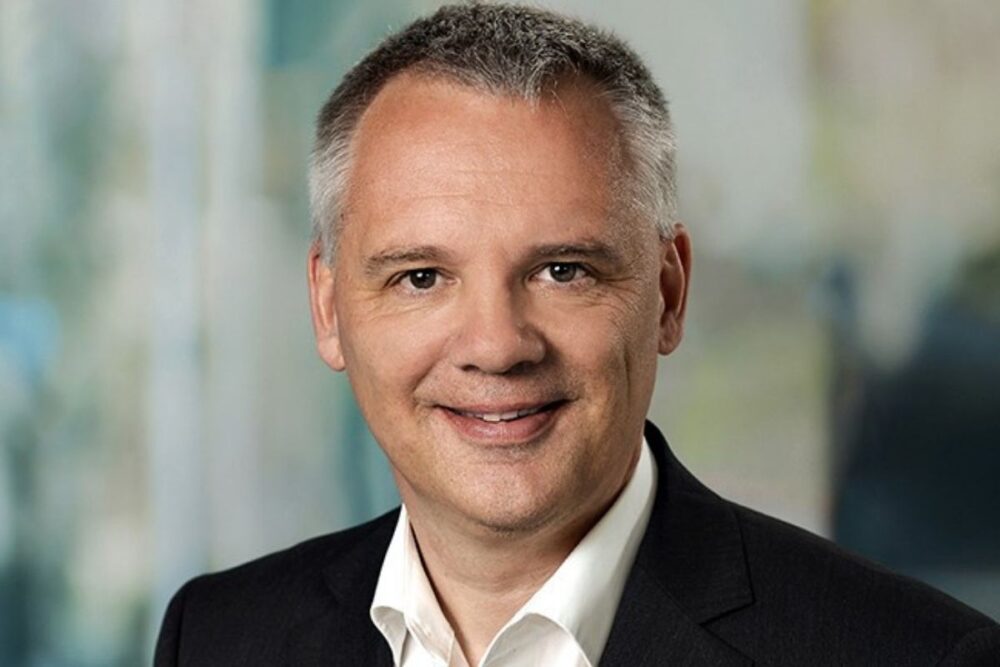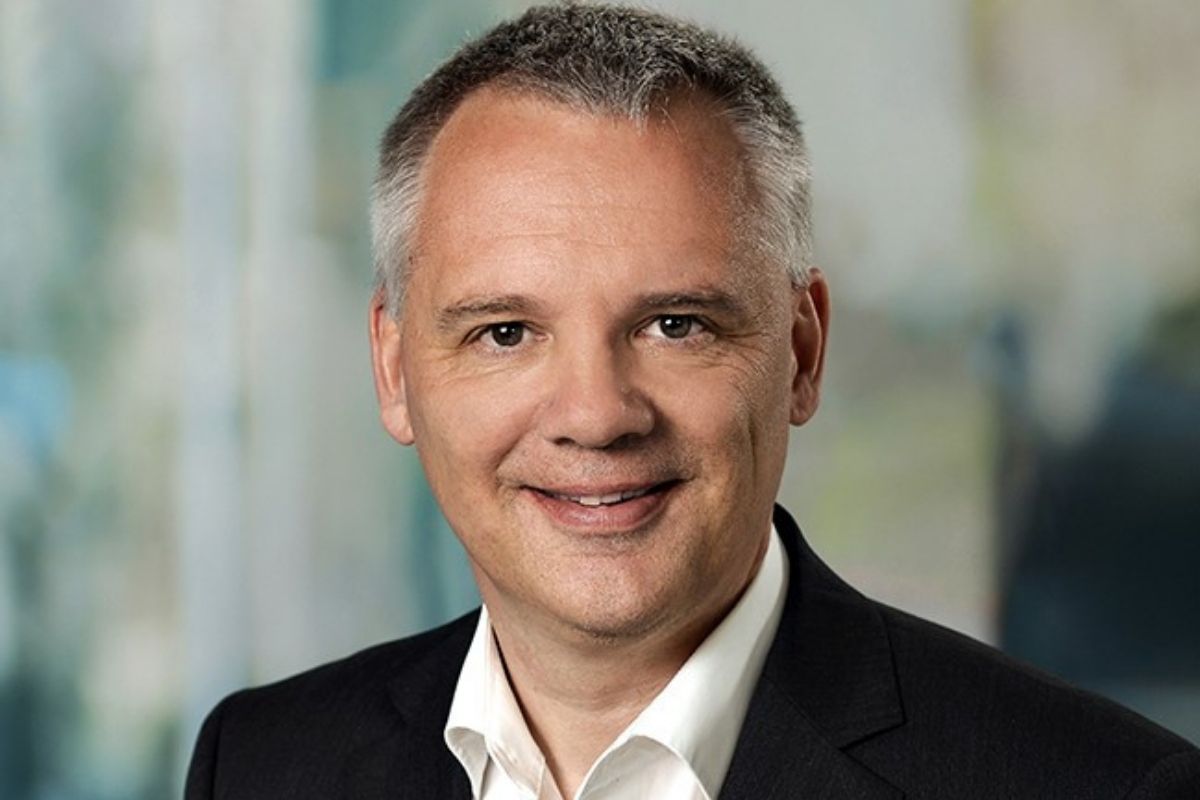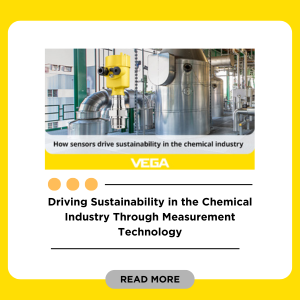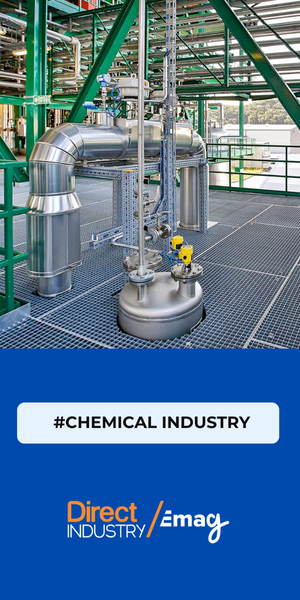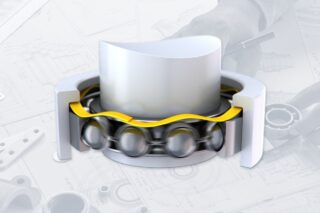Even though all companies face the same challenges, including unpredictable market trends, some manage to differentiate themselves by investing in smart technology which can generate significant added value. The growing gap between the most and least productive businesses in a sector is being defined as the “value gap.” But what causes this disparity, and what lessons can manufacturing organisations learn from taking inspiration from others in their sector? Guido Herres, Vice President of Solutions Consulting at Infor, provides an overview.
Companies that excel aren’t content with just analysing the present: they anticipate the future, proactively managing opportunities and risks. They develop resilient strategies for sustainable growth. They optimize their processes using modern technologies, cultivate cultural agility, and take responsibility for their customers. This is how they stand out and progressively transform their commercial model.
If boosting profits, company value, and product innovation hinges on productivity, the crucial question is: what truly drives it? A global study of 500 tech-driven manufacturers uncovered how the most productive companies set themselves apart. We found that the bigger the “value gap” in an industry (i.e., the difference between top and bottom performers), the greater the chance for less productive companies to catch up through smart technology investments, creating significant new value.
The study pinpointed four key success factors for creating this value.
1. Processes and Systems
Companies often face a “value gap” in their processes, ranging from a 21% difference in productivity-focused areas to 28% in compliance. To boost output, manufacturers should automate their workflows across the entire supply chain.
Process Mining is key here: this advanced technology analyses real-time data to pinpoint bottlenecks, inefficiencies, and deviations in production. This not only sets the stage for automating non-essential tasks but also ensures that even small, consistent improvements lead to major overall gains.
2. Agility and Foresight
Innovation shows a significant 43% “value gap,” meaning less productive companies are far behind in using digital tools to launch new products. The best performers use digital technologies 58% of the time to speed up innovation, compared to just 14% for weaker companies. This gap highlights a major opportunity: getting products to market faster helps manufacturers stand out, boost customer satisfaction, and win market share. The smallest gap, at 17%, is seen in automation.
3. A Data-driven Culture
Top-performing companies gain sharp insights into their core business by effectively using their data. There’s a notable “value gap” here: while the difference is small (14%) for using digital tools to predict future demand, it’s much larger (42%) when data analysis is used to improve everyday tasks and create better products. This shows a huge opportunity for less productive companies to boost their efficiency by better using data for decision-making.
4. Customer-oriented Companies
The top manufacturers stand out because they prioritize their customers’ success, not just their own. They continually use customer feedback to ensure products and services perfectly match customer needs. Interestingly, the biggest performance gap (32%) among companies lies in fostering an ingrained culture of innovation. Half of the most productive companies tackle this by having a dedicated innovation department. In contrast, the gap is much smaller (7%) when it comes to embedding smart technology in products and services to understand how customers use them.
French companies can use this insight to pinpoint internal areas for improvement. Leaders outperform laggards in the areas and industries mentioned above. In manufacturing, adopting technologies tailored to unique processes can significantly boost productivity and create new value. Leaders must assess the potential of a digital transformation programme to stay competitive, as the French industrial sector is clearly embracing technological renewal despite economic uncertainties.
